Introduction
Imagine being in a remote area with no access to electricity but still being able to tune into your favorite radio station. This is made possible by solar-powered radios, a marvel of modern technology that harnesses the power of the sun to keep you connected. In this article, we’ll dive deep into how these fascinating devices work, their benefits, and why they are an essential tool for many.
What is a Solar-Powered Radio?
A solar-powered radio is a type of radio that uses solar energy to function. Unlike conventional radios that rely on batteries or electrical outlets, solar-powered radios are equipped with solar panels that convert sunlight into electricity. This makes them ideal for use in areas without reliable access to power, ensuring continuous operation as long as there is sunlight.
The Science Behind Solar Power
At the heart of a solar-powered radio is the solar panel. Solar panels generate electricity through the photovoltaic effect, where photons from sunlight knock electrons into a higher state of energy, creating electricity. This process involves semiconductor materials, usually silicon, that are specially treated to form an electric field, encouraging electrons to flow and generate electric current.
Components of a Solar-Powered Radio
A solar-powered radio consists of several key components:
- Solar Panels: Capture sunlight and convert it into electrical energy.
- Battery Storage: Stores the generated electricity for use when there is no sunlight.
- Radio Receiver and Amplifier: The actual radio components that receive and amplify signals.
- Antenna: Enhances signal reception for clearer audio quality.
How Solar Panels Work in a Radio
Solar panels on the radio absorb sunlight and convert it into direct current (DC) electricity. This electricity is either used immediately to power the radio or stored in the battery for later use. The integration of solar panels with the radio’s power system ensures that the device can function without traditional power sources, making it highly versatile.
Battery Storage and Power Management
Batteries play a crucial role in solar-powered radios. They store the energy generated by the solar panels, allowing the radio to operate even when there is no sunlight, such as during the night or on cloudy days. Commonly used batteries include lithium-ion and nickel-metal hydride (NiMH), both known for their durability and capacity. Power management circuits ensure efficient charging and discharging, maximizing battery life.
Advantages of Solar-Powered Radios
There are numerous benefits to using solar-powered radios:
- Eco-Friendly: They use renewable energy, reducing carbon footprint.
- Reliable: Perfect for remote areas where conventional power sources are unavailable.
- Cost-Effective: After the initial investment, solar-powered radios incur minimal running costs.
Limitations and Challenges
Despite their advantages, solar-powered radios have some limitations:
- Sunlight Dependency: Their efficiency is directly tied to the availability of sunlight.
- Initial Cost: Higher upfront investment compared to regular radios.
- Maintenance: Requires periodic cleaning of solar panels and battery checks.
Applications of Solar-Powered Radios
These radios are invaluable in various scenarios:
- Emergency Communication: Essential during natural disasters when power lines are down.
- Remote Locations: Used in rural or off-grid areas to stay connected.
- Outdoor Activities: Ideal for camping, hiking, and other outdoor adventures.
Case Studies and Real-Life Examples
Numerous success stories highlight the impact of solar-powered radios. For instance, in rural Africa, these radios have transformed education and information dissemination, providing communities with access to vital information and educational programs. In disaster-prone areas, they have proven critical for emergency communication.
How to Choose a Solar-Powered Radio
When selecting a solar-powered radio, consider the following features:
- Battery Life: Longer battery life ensures extended use.
- Durability: Look for water-resistant and rugged designs.
- Additional Features: Some models include USB ports, flashlights, and hand cranks for extra utility.
Top brands to consider include Eton, Sangean, and Kaito, known for their reliable and feature-rich solar-powered radios.
DIY Solar-Powered Radio Projects
For the DIY enthusiasts, building your own solar-powered radio can be a rewarding project. Basic steps include:
- Gathering Materials: Solar panel, rechargeable battery, radio kit, and wiring.
- Assembling: Connect the solar panel to the battery and then to the radio.
- Testing: Ensure all connections are secure and test the radio under sunlight.
Always follow safety precautions to prevent short circuits and ensure proper insulation of electrical components.
Maintenance and Care Tips
To keep your solar-powered radio in top condition:
- Clean Solar Panels: Dust and dirt can reduce efficiency, so regular cleaning is essential.
- Battery Care: Replace batteries as needed and avoid overcharging.
- General Maintenance: Check all components periodically for wear and tear.
Future of Solar-Powered Radios
The future of solar-powered radios looks promising with ongoing technological advancements. Innovations such as more efficient solar cells, better battery technologies, and smarter power management systems are on the horizon. As these technologies evolve, we can expect even more reliable and efficient solar-powered radios.
Conclusion
Solar-powered radios are a testament to the power of renewable energy. They offer a reliable, eco-friendly solution for staying connected, especially in remote or emergency situations. As technology continues to advance, these devices will become even more indispensable.
FAQs
- How long does a solar-powered radio last?
- Typically, a well-maintained solar-powered radio can last for several years, depending on the quality of its components and care.
- Can a solar-powered radio work on cloudy days?
- Yes, solar-powered radios can work on cloudy days, but their efficiency may be reduced. Stored battery power can compensate for lower sunlight.
- What are the best brands for solar-powered radios?
- Top brands include Eton, Sangean, and Kaito, known for their durable and feature-rich models.
- How do I maintain my solar-powered radio?
- Regularly clean the solar panels, check and replace batteries as needed, and ensure all components are in good working condition.
- Are solar-powered radios worth the investment?
- Yes, especially for those in remote areas, outdoor enthusiasts, and for emergency preparedness, solar-powered radios offer a reliable and eco-friendly alternative to traditional radios.

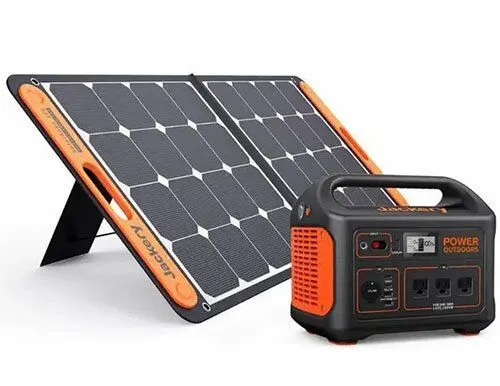
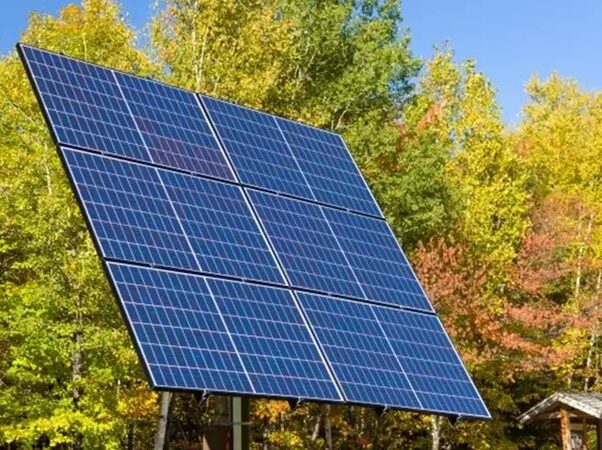


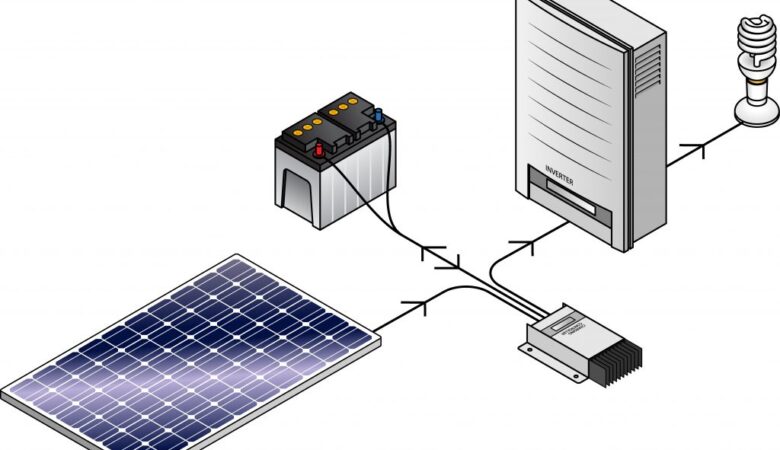
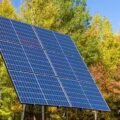


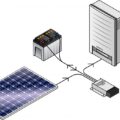

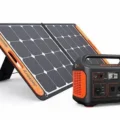
Leave a Reply